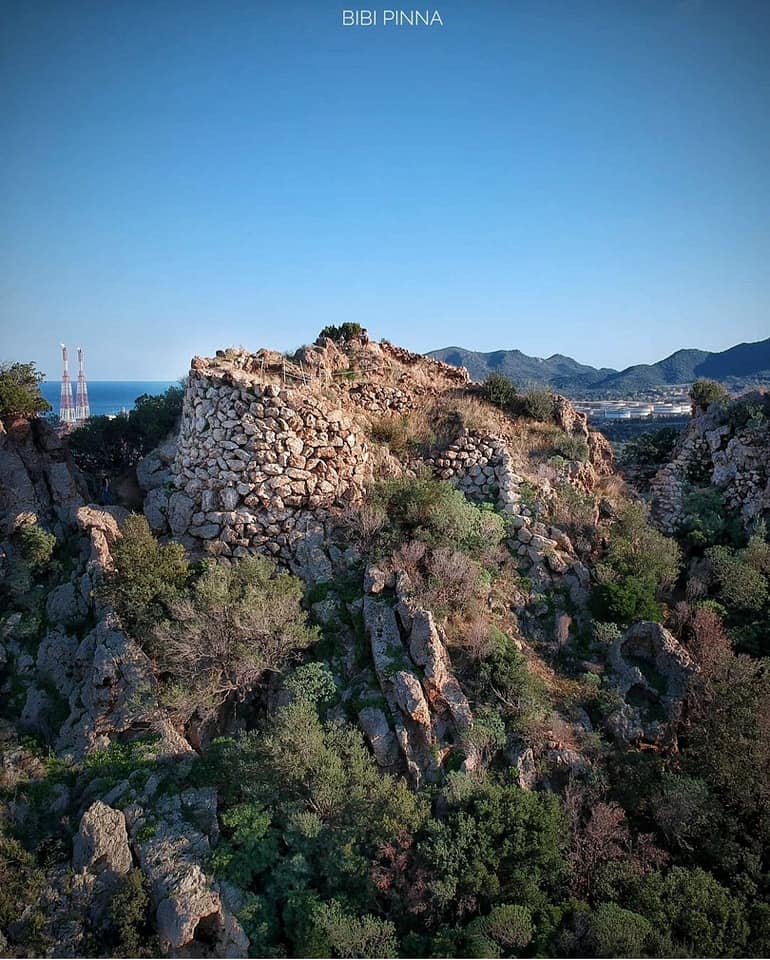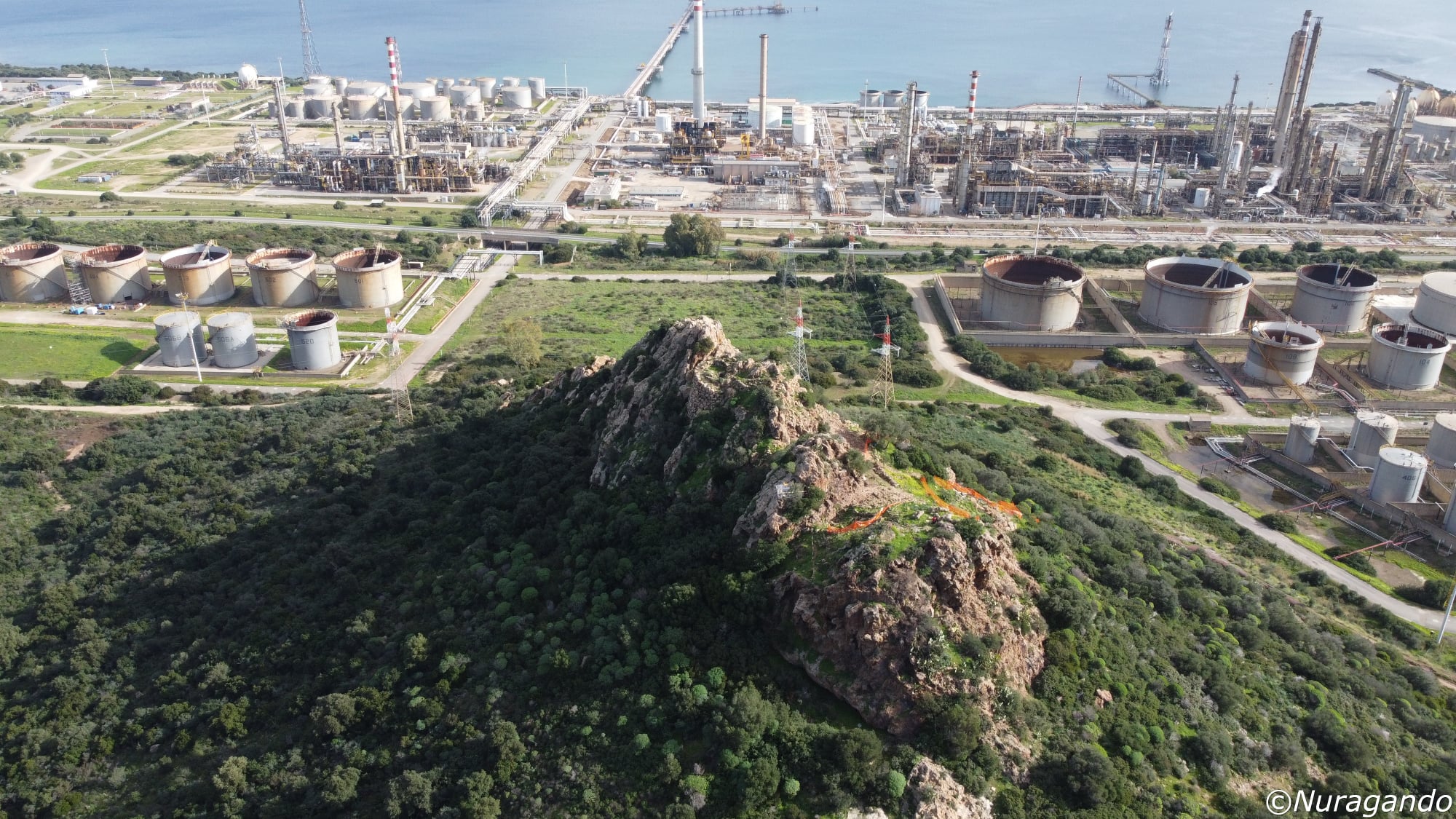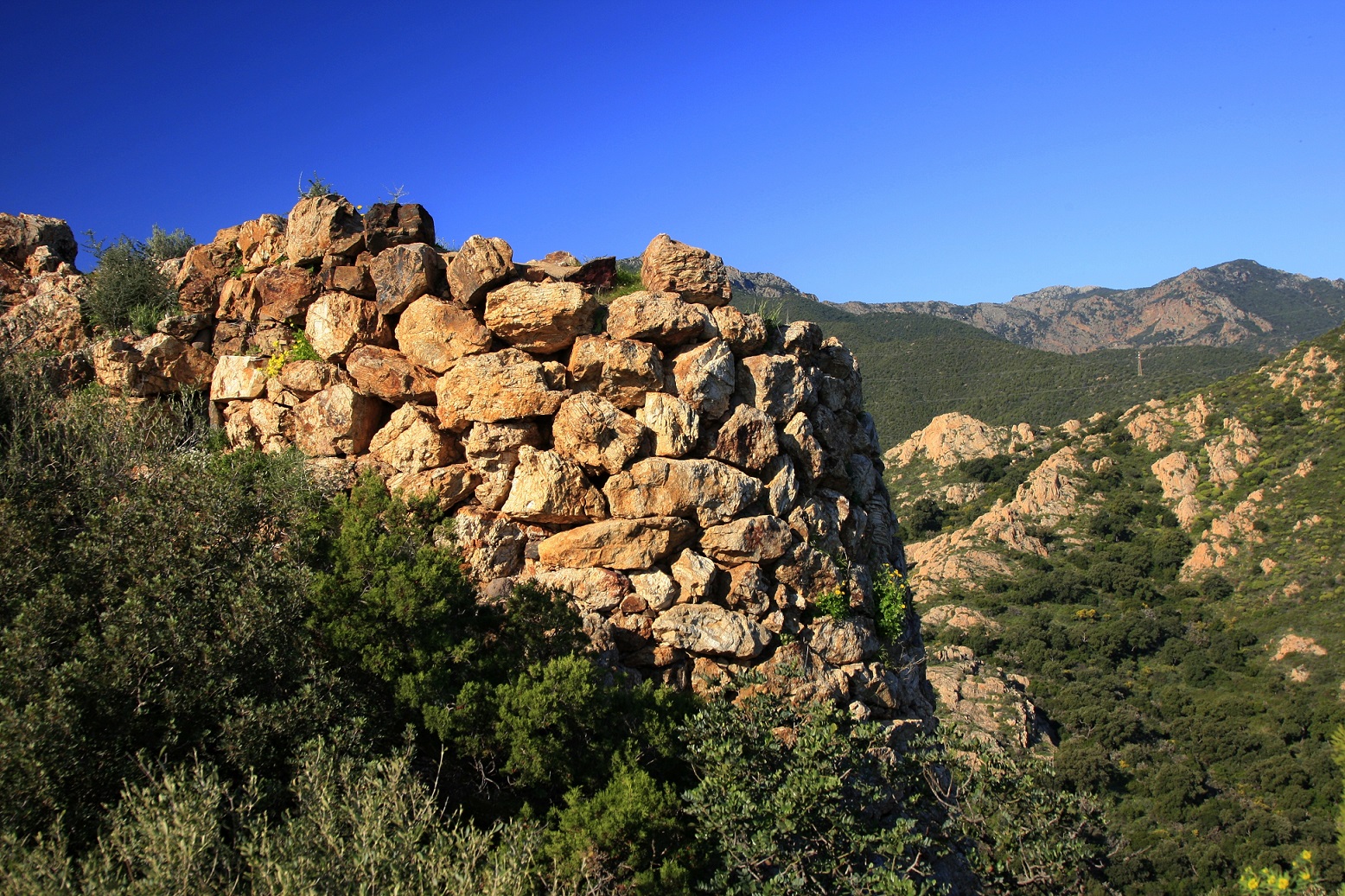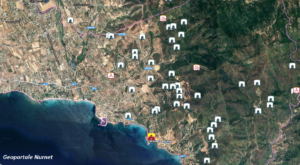A remarkable number of nuraghi and giants’ tombs lined the coasts of the Gulf of Angels. Structures that guarded important port landings and which, presumably, monitored access to the area of the current city of Cagliari and to the lagoons of Santa Gilla and Molentargius. The gradual urban development and the continuous building stratifications have almost completely erased the traces of the nuragic age in our capital; but it is precisely the considerable density of coastal nuragic testimonies that allows us to reasonably hypothesize the strategic importance that the territory of Cagliari held at that time in Mediterranean trade.
In this regard, we recall the considerations of Professor Massimo Pittau, who stated among other things that, “Regarding Karalis (Cagliari), it must be said that it is absurd to believe that, long before the Phoenicians, the Nuragic people had not taken notice of and shown interest in this location, characterized as it was by easy landings, both to the east and west, equipped with a steep hill, easily transformable into a stronghold, rich in important salt flats and located at the mouth of the lagoon of Santa Gilla, which was not only very fish-rich but also led to Assemini, in the direction of the agricultural resources of the Campidano and those mining resources of the Iglesiente. Moreover, it is established that in the area of Cagliari human settlement dates back to the Eneolithic period and perhaps even to the Neolithic, as evidenced by the finds made at Sant’Elia, San Bartolomeo, and Monte Claro…”.
In the maps extracted from the Geoportale Nurnet, we wanted to highlight the coastal nuragic structures present respectively on the southwestern and southeastern fronts of the Gulf of Cagliari, among which are particularly noted the nuraghi Antigori of Sarroch and the Diana of Quartu Sant’Elena.
The photos of the nuraghe Antigori are by Bibi Pinna, Andrea Mura-Nuragando Sardegna, Gianni Sirigu, and Marco Cocco. The photos of the nuraghe Diana or Nuraxianna are by Bibi Pinna, Andrea Mura-Nuragando Sardegna, Marco Cocco, and Lucia Corda.












